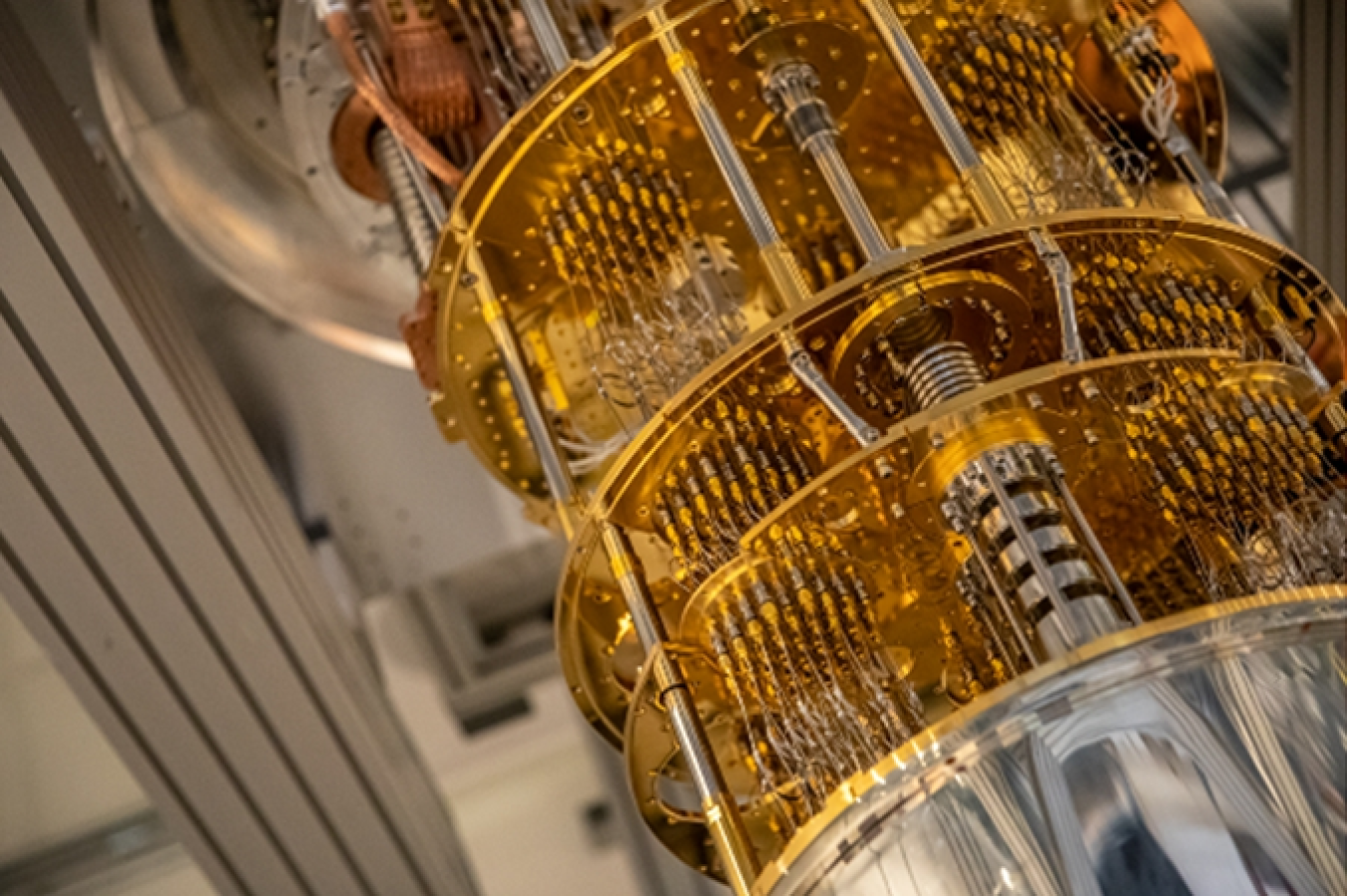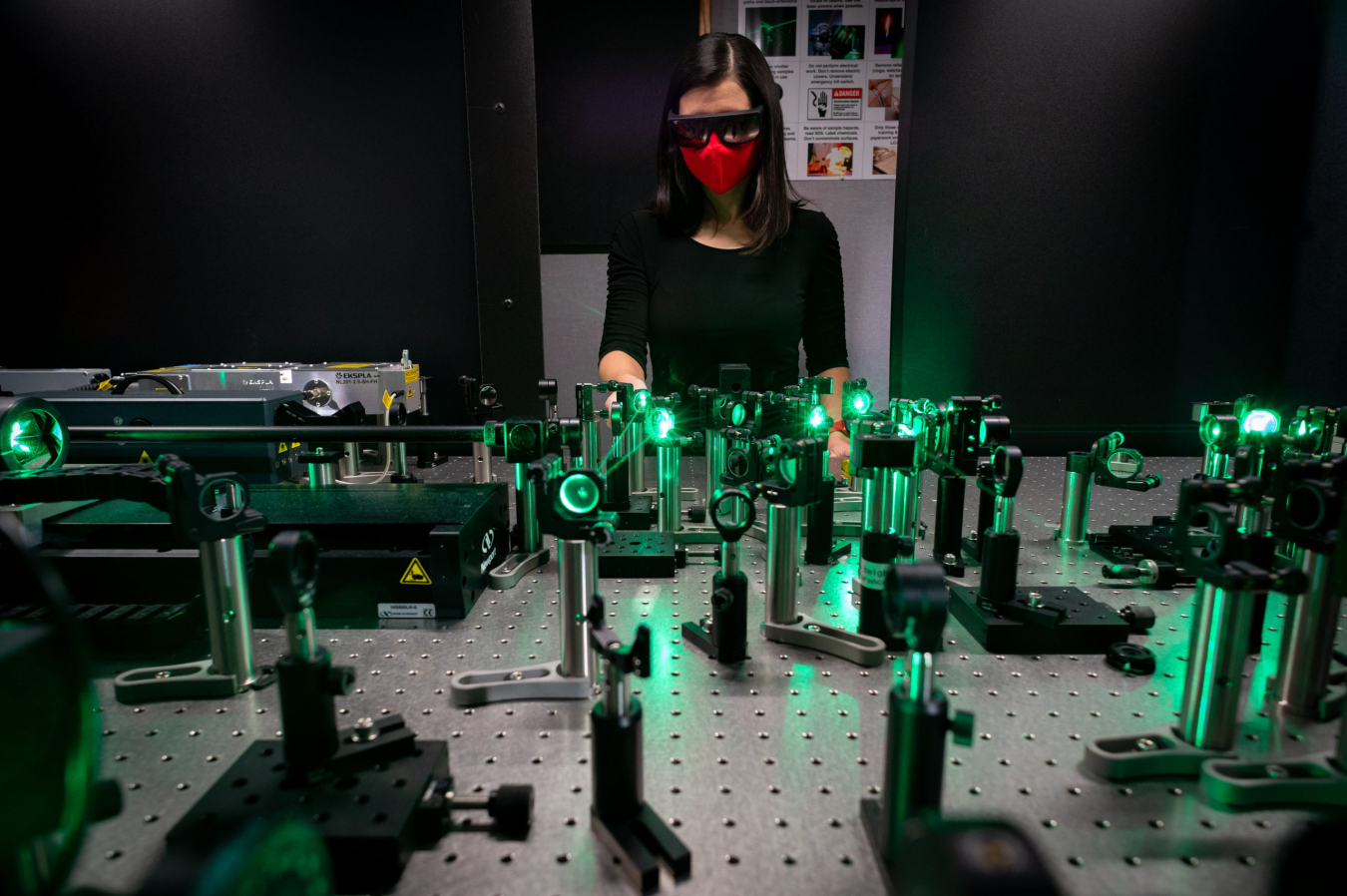Quantum Research and Development
Quantum mechanics and information sciences have been key to many technological advances in the 20th century. They have led to astonishing progress in computing, sensing, and networking. The unusual effects predicted by quantum mechanics may enable similarly transformative applications in the future.
One such application is quantum computing. Quantum computers are fundamentally different from their classical counterparts and are expected to be drastically better at performing certain types of calculations than today’s most powerful computers. They could greatly improve our ability to solve currently intractable problems. Scientists anticipate that quantum computers will be able to accelerate discovery by simulating quantum systems. These systems include molecules used as catalysts in chemical processes, elusive particles inside the nuclei of atoms, and complex materials. They could also be powerful tools in enabling more efficient management of infrastructure or logistics.
Quantum sensors have been used for decades in atomic clocks and nuclear magnetic resonance imaging (MRI). The next generation of quantum sensors will offer advantages over classical sensors. These sensors could be capable of achieving incredibly precise measurements beyond the limits of today’s tools. Some applications include: the detection of gravitational waves and dark matter, monitoring of physiological and environmental variables, characterization and design of new materials, and precise navigation.
Quantum networks will connect quantum computers together to help scale up their computational power. They could also connect quantum sensors to link telescopes or develop more precise clocks.
The Department of Energy is supporting efforts that both study quantum systems and develop quantum technologies. Our National Quantum Information Science Research Centers are creating and sustaining an environment to accelerate quantum research, development, and commercialization. Research ranging from biological systems to renewable energy can draw on insights and technologies enabled by quantum information science. The field is poised to transform our world and our understanding of it.
Highlights
-
-
DOE’s National QIS Research Centers are creating and promoting the QIS ecosystem that will form the foundation for applications of the future.
-
Quantum computing, sensing, simulation, and networks
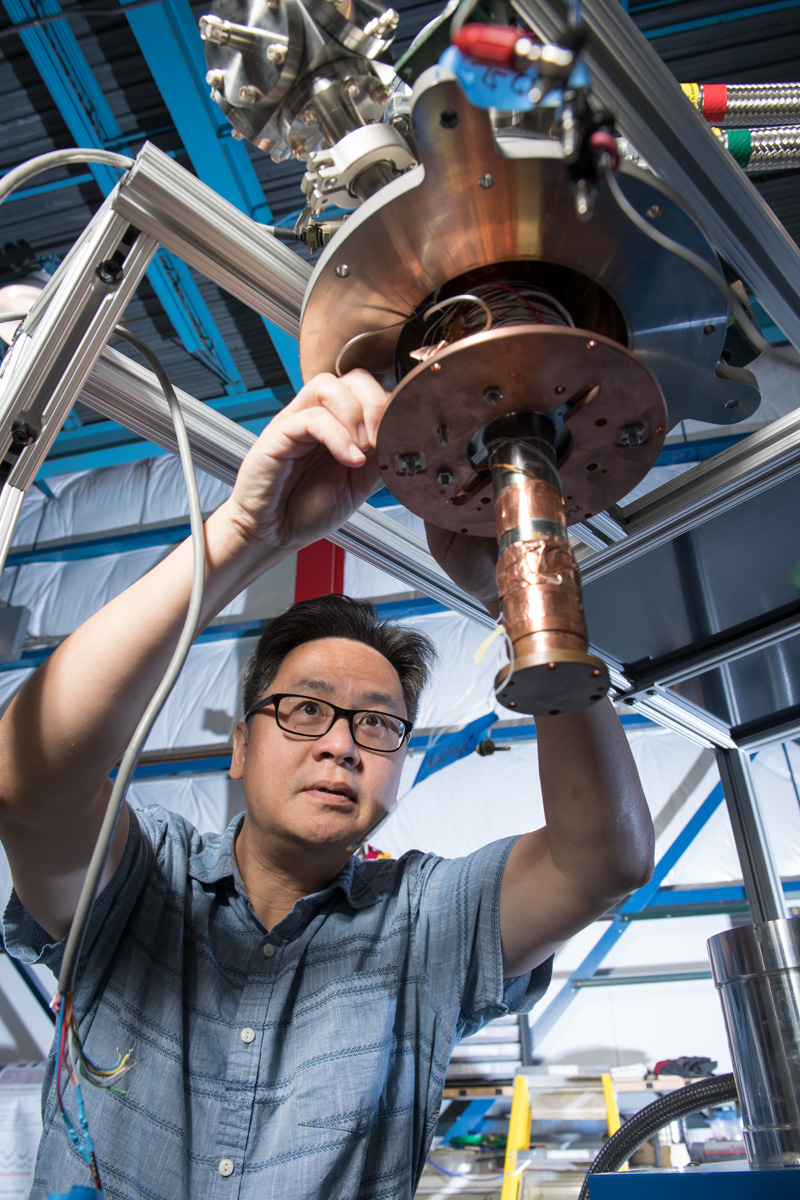
All of these technologies are possible because of the unique properties of quantum mechanics. “Classical” mechanics describes the world we see all around us, but many quantum properties seem counterintuitive and have no classical analog.
For example, superposition is a property of quantum mechanics where individual particles or collections of particles exist and behave simultaneously in multiple states until they are observed.
Quantum entanglement links particles’ or collections of particles’ quantum states together. An entangled quantum system cannot be completely described by the state of its individual components. When systems are entangled, measurements and quantum interactions with one particle instantly affect all of its entangled partners.
Quantum computers
Quantum computers work fundamentally differently from today’s classical computers. They exploit the quantum properties of entanglement and superposition, which allow quantum computers to solve certain problems that cannot be solved with even the largest computers today. Classical computers use bits, which only have two options: 1 or 0. These two binary numbers are used to describe all of the information in a classical computer. In contrast, quantum computers use qubits, which can exist in a superposition of both 0 and 1. Researchers supported by DOE are advancing qubit design and development, hardware, and algorithms for future quantum computers.
Quantum sensing and microscopy
Quantum sensing and microscopy use the unique properties of quantum mechanics to enable new types of measurements. These sensors could be far more sensitive than current technologies and withstand extreme environments. DOE is supporting the development of quantum sensors for various research areas, from fusion energy sciences to bioimaging (taking images of biological systems).
Quantum simulations
Quantum simulations enable the investigation of quantum systems including complex molecules like proteins that may help protect against diseases or better superconducting materials that conduct electricity without electrical loss. These simulations provide insights that are only possible through a quantum approach. DOE is supporting quantum simulation research to solve problems in chemistry, materials, biology, and particle physics, among other areas.
Quantum networking
Quantum networking focuses on ways to transmit quantum information over large distances based on superposition and entanglement. In addition to connecting quantum computers, quantum networks present opportunities for novel methods of communication not possible with the classical internet. DOE is supporting research to develop the physical implementation of quantum networks, such as testbeds and component technologies. In addition, DOE is exploring protocols across the full stack of quantuQuantum computers work fundamentally differently from today’s classical computers. They exploit the quantum properties of entanglement and superposition, which allow quantum computers to solve certain problems that cannot be solved with even the largest computers today. Classical computers use bits, which only have two options: 1 or 0. These two binary numbers are used to describe all of the information in a classical computer. In contrast, quantum computers use qubits, which can exist in a superposition of both 0 and 1. Researchers supported by DOE are advancing qubit design and development, hardware, and algorithms for future quantum computers.
Who Cares About Quantum?
-
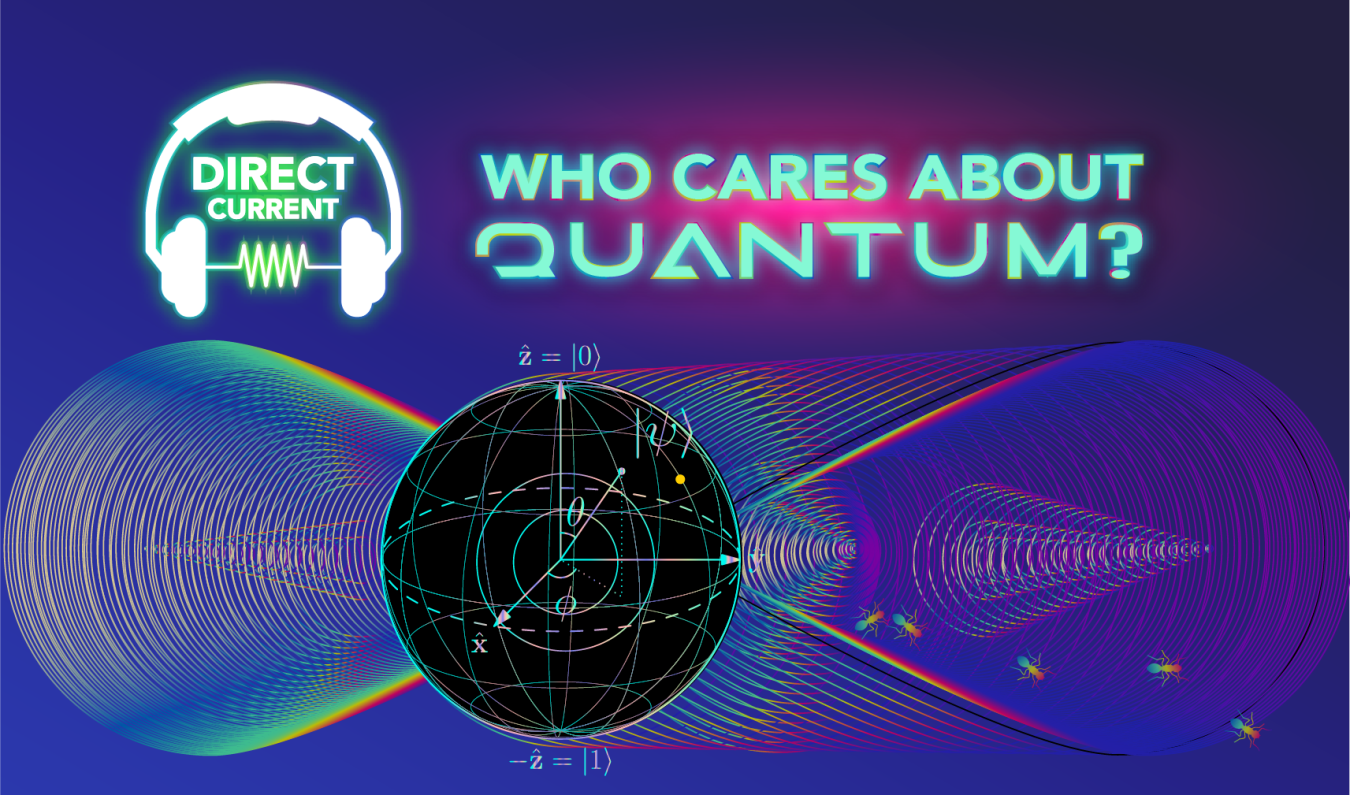 "Quantum" is everywhere these days — in the news, on TV, in the titles of blockbuster action films — but who really cares? We talked to National Lab quantum scientists Anna Grassellino and David Awschalom about their research and its potential impacts.February 22, 2023
"Quantum" is everywhere these days — in the news, on TV, in the titles of blockbuster action films — but who really cares? We talked to National Lab quantum scientists Anna Grassellino and David Awschalom about their research and its potential impacts.February 22, 2023
Press Releases
From Our Blogs
-
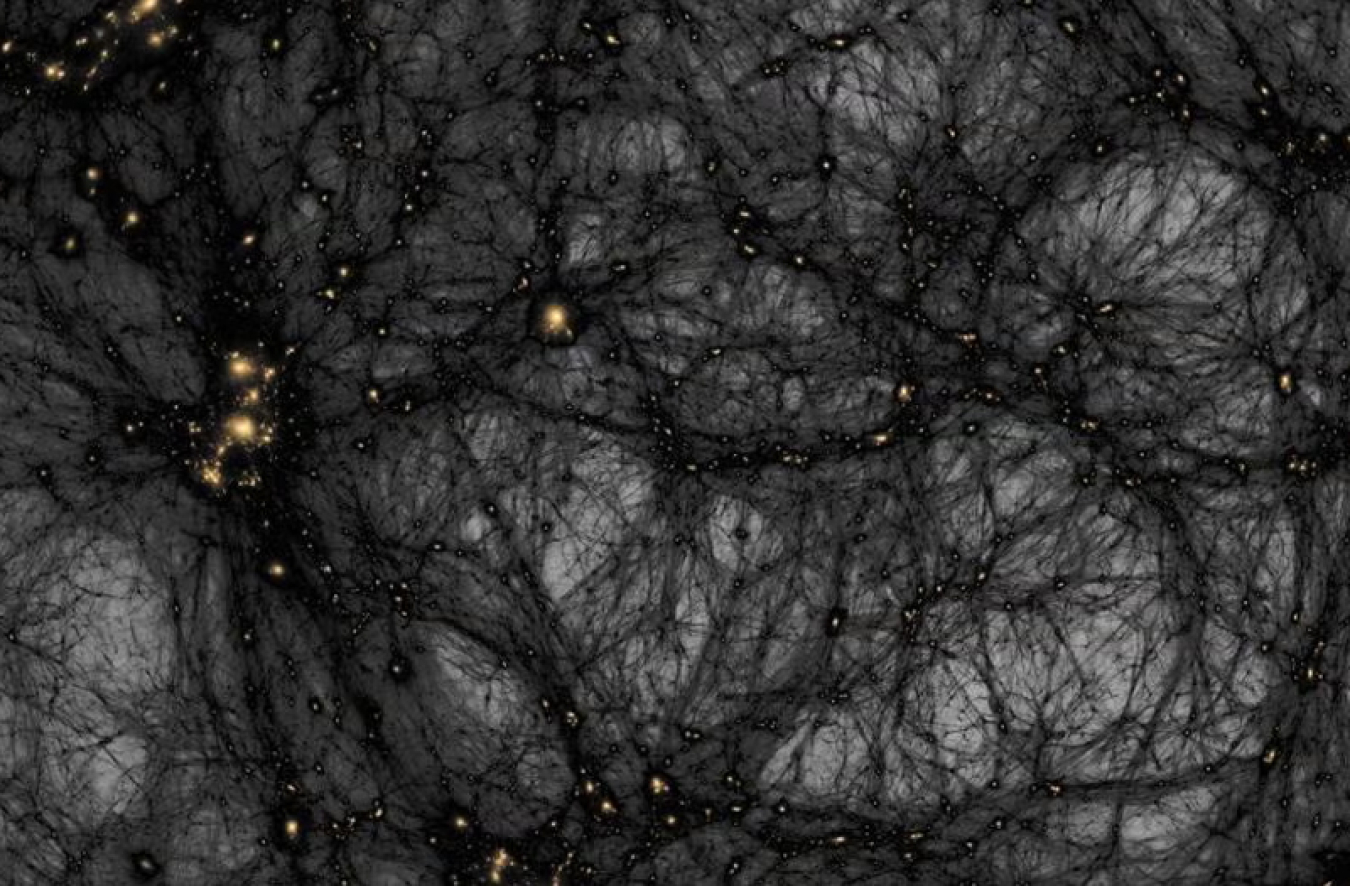
- Particle/High Energy Physics
- Explore Physics at DOE (Physics)
- Quantum Science
- Genomics
- Biotechnology
October 29, 2024 -
- Clean Energy
- Research, Technology, and Economic Security
- Next-Generation Energy Technologies
- Artificial Intelligence
- Quantum Science
September 11, 2024 -
- Quantum Science
- CHIPS and Science Act
- Research, Technology, and Economic Security
- Supercomputers
- Next-Generation Energy Technologies
September 9, 2024 -
- Advanced Manufacturing Processes
- Semiconductors and Microelectronics
- Quantum Science
- Clean Energy
- Next-Generation Materials
September 4, 2024


